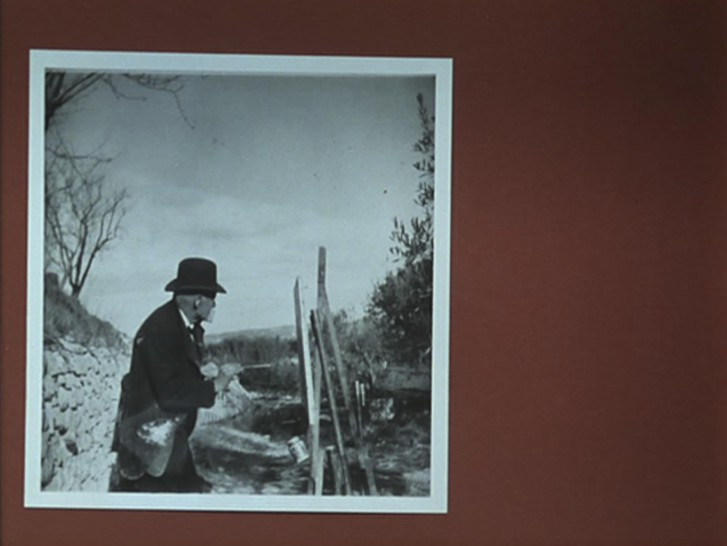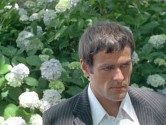
Cézanne. Conversation with Joachim Gasquet
A Visit to the Louvre
Joachim Gasquet’s 1921 memoir of his friend Paul Cézanne is an invaluable portrait of the painter’s life and work. Straub-Huillet use passages from this book, together with pastoral scenes from Jean Renoir’s film adaptation of Madame Bovary (1933) and photographs of Cézanne by the painter Maurice Denis, to make a moving and profound personal essay. Cézanne (along with Giotto) was a guiding light for Straub and Huillet. They shot the film, in part, at Mont Sainte-Victoire, where Cézanne revolutionized the history of art, marveling, “Look at this mountain—it was once fire.”
Straub and Huillet had fierce opinions about the presentation and preservation of art in museums, from the use of protective glass to the way paintings are hung, lit, and conserved. Their visit to the Louvre is a reflection of these strong sentiments, as well as a richly revealing look at their way of looking. They use words attributed to Paul Cézanne (as quoted by Joaquim Gasquet) to critique images, venomous about some artists (David, Ingres) while honey-tongued about others (Murillo, Tintoretto, Veronese, Delacroix, Courbet).























